Kei car trucks, also known as kei trucks or mini trucks, are small utility vehicles that originated in Japan. They are designed to be compact and lightweight, with a maximum length of 3.4 meters and an engine size of 660cc. Kei car trucks have become increasingly popular in urban areas due to their ability to navigate narrow streets and congested traffic. They are commonly used for various purposes such as deliveries, construction work, and agriculture.
Urban transportation is a critical aspect of modern cities. With the rapid growth of urban populations, there is a need for efficient and sustainable transportation solutions. Traditional trucks are often too large and cumbersome for urban environments, leading to congestion, pollution, and safety concerns. Kei car trucks offer a viable alternative by providing a compact and manoeuvrable option for urban transportation.
Kei car trucks can address several challenges faced by urban transportation systems. Their small size allows them to navigate through narrow streets and tight corners, reducing congestion and improving traffic flow. They are also more fuel-efficient compared to traditional trucks, resulting in lower emissions and reduced environmental impact. Additionally, kei car trucks have a lower payload capacity, which encourages businesses to adopt more sustainable practices by reducing the amount of goods transported at once.
Key Takeaways
- Kei Car Trucks are small, lightweight vehicles designed for urban transportation.
- They originated in Japan and have spread across the world due to their efficiency and affordability.
- Compared to traditional trucks, Kei Car Trucks have advantages such as lower fuel consumption and emissions, but also limitations in terms of load capacity.
- Kei Car Trucks offer economic benefits such as lower costs and increased business efficiency.
- They contribute to sustainable urban development by reducing pollution and congestion.
The History of Kei Car Trucks: How They Evolved in Japan and Spread Across the World.
Kei car trucks were first introduced in Japan in the 1940s as a response to post-war fuel shortages. The Japanese government implemented regulations that restricted the size and engine capacity of vehicles to promote fuel efficiency. This led to the development of kei cars, including kei car trucks, which became popular due to their affordability and practicality.
Over time, kei car trucks evolved to meet the changing needs of consumers. Manufacturers introduced improvements in design, technology, and safety features. The introduction of four-wheel drive capabilities made kei car trucks suitable for off-road use, expanding their applications in agriculture and construction. The demand for kei car trucks grew steadily in Japan, and they became an integral part of the country’s transportation infrastructure.
The success of kei car trucks in Japan caught the attention of other countries facing similar urban transportation challenges. Several Asian countries, such as South Korea and Thailand, adopted the concept of kei car trucks and developed their own versions to suit their local needs. In recent years, kei car trucks have also gained popularity in Europe and North America, where they are used for various purposes such as landscaping, maintenance work, and small-scale deliveries.
Kei Car Trucks vs. Traditional Trucks: Advantages and Disadvantages for Urban Use.
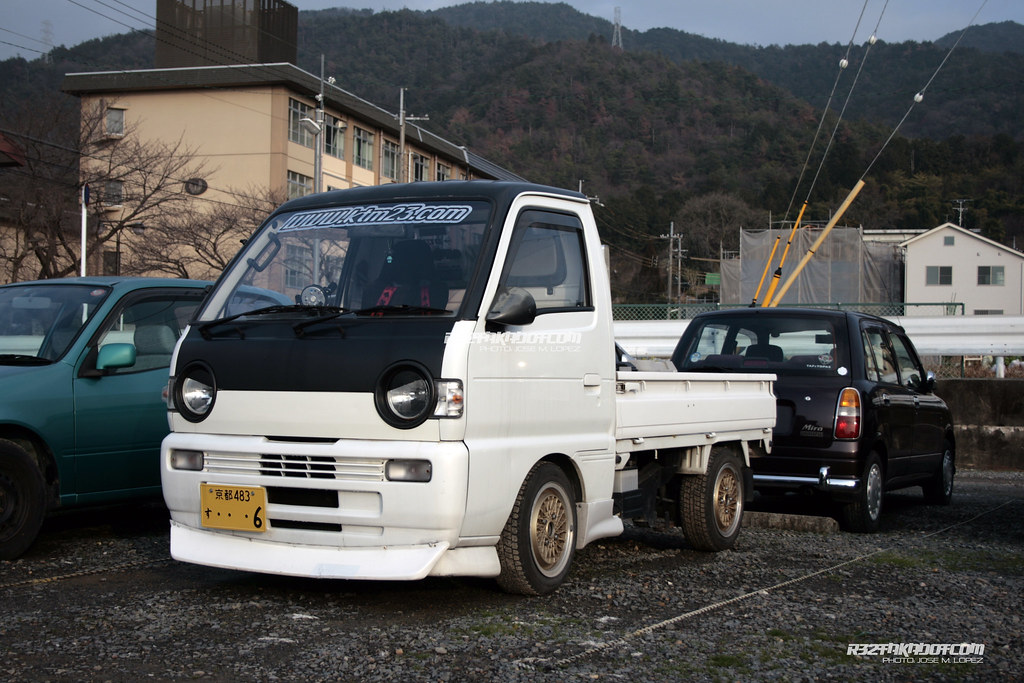
One of the key advantages of kei car trucks over traditional trucks is their size and manoeuvrability. Kei car trucks are significantly smaller than traditional trucks, allowing them to easily navigate through narrow streets and tight spaces. This makes them ideal for urban environments where space is limited. Traditional trucks, on the other hand, often struggle to manoeuvre through congested traffic and tight corners, leading to increased congestion and safety risks.
Another advantage of kei car trucks is their fuel efficiency and lower emissions. Kei car trucks are designed to be lightweight and have smaller engines, resulting in lower fuel consumption compared to traditional trucks. This not only reduces operating costs for businesses but also contributes to a cleaner environment by reducing greenhouse gas emissions. Traditional trucks, with their larger engines and heavier weight, consume more fuel and emit more pollutants.
However, kei car trucks do have some limitations compared to traditional trucks. One major disadvantage is their lower payload capacity. Kei car trucks are designed to carry lighter loads, typically up to 1 ton or less. This may limit their use in certain industries or for transporting large or heavy goods. Traditional trucks, with their larger size and higher payload capacity, are better suited for heavy-duty applications and long-distance transportation.
The Environmental Benefits of Kei Car Trucks: Lower Emissions and Fuel Consumption.
| Environmental Benefits of Kei Car Trucks | Metric |
|---|---|
| Lower Emissions | Kei car trucks emit less CO2 and other harmful pollutants compared to larger vehicles. |
| Fuel Consumption | Kei car trucks have better fuel efficiency, which means they consume less fuel and emit less CO2. |
| Reduced Traffic Congestion | Kei car trucks are smaller in size, which means they take up less space on the road and reduce traffic congestion. |
| Lower Noise Pollution | Kei car trucks produce less noise pollution compared to larger vehicles, which can have a positive impact on the environment and quality of life for people living in urban areas. |
One of the key environmental benefits of kei car trucks is their lower emissions and fuel consumption compared to traditional trucks. Kei car trucks are designed to be lightweight and have smaller engines, resulting in lower fuel consumption. This not only reduces operating costs for businesses but also contributes to a cleaner environment by reducing greenhouse gas emissions.
A study conducted by the Japan Automobile Manufacturers Association found that kei car trucks emit significantly less carbon dioxide (CO2) compared to traditional trucks. The study compared the emissions of kei car trucks and traditional trucks over a distance of 100 kilometers. The results showed that kei car trucks emitted approximately 40% less CO2 compared to traditional trucks.
In addition to lower CO2 emissions, kei car trucks also emit fewer pollutants such as nitrogen oxides (NOx) and particulate matter (PM). This is due to their smaller engine size and more efficient combustion process. The reduced emissions from kei car trucks have a positive impact on air quality, particularly in urban areas where pollution levels are often high.
The Economic Benefits of Kei Car Trucks: Lower Costs and Increased Efficiency.
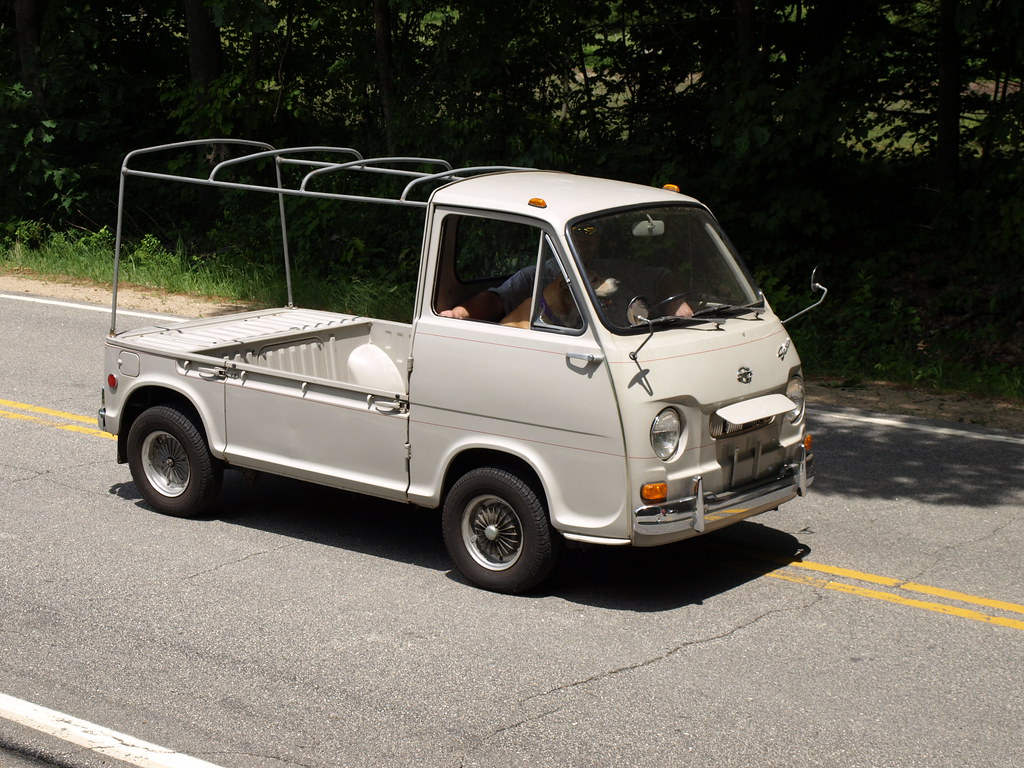
Kei car trucks offer several economic benefits for businesses and consumers. One of the key advantages is the cost savings associated with their use. Kei car trucks are generally more affordable compared to traditional trucks, both in terms of purchase price and operating costs. This makes them an attractive option for small businesses or individuals who require a vehicle for light-duty applications.
The lower fuel consumption of kei car trucks also contributes to cost savings. With rising fuel prices, businesses that rely on transportation can benefit from the fuel efficiency of kei car trucks. The reduced fuel consumption not only lowers operating costs but also reduces the overall environmental impact.
Another economic benefit of kei car trucks is increased productivity and efficiency. Their small size and manoeuvrability allow for faster and more efficient deliveries in urban areas. Kei car trucks can navigate through congested traffic and reach destinations more quickly compared to traditional trucks. This can result in shorter delivery times, improved customer satisfaction, and increased business productivity.
Furthermore, the use of kei car trucks can contribute to job creation and economic growth. As more businesses adopt kei car trucks for their transportation needs, there is a demand for maintenance, repair, and other related services. This creates employment opportunities and stimulates economic activity in the local community.
Kei Car Trucks and Sustainable Urban Development: How They Contribute to a Greener Future.
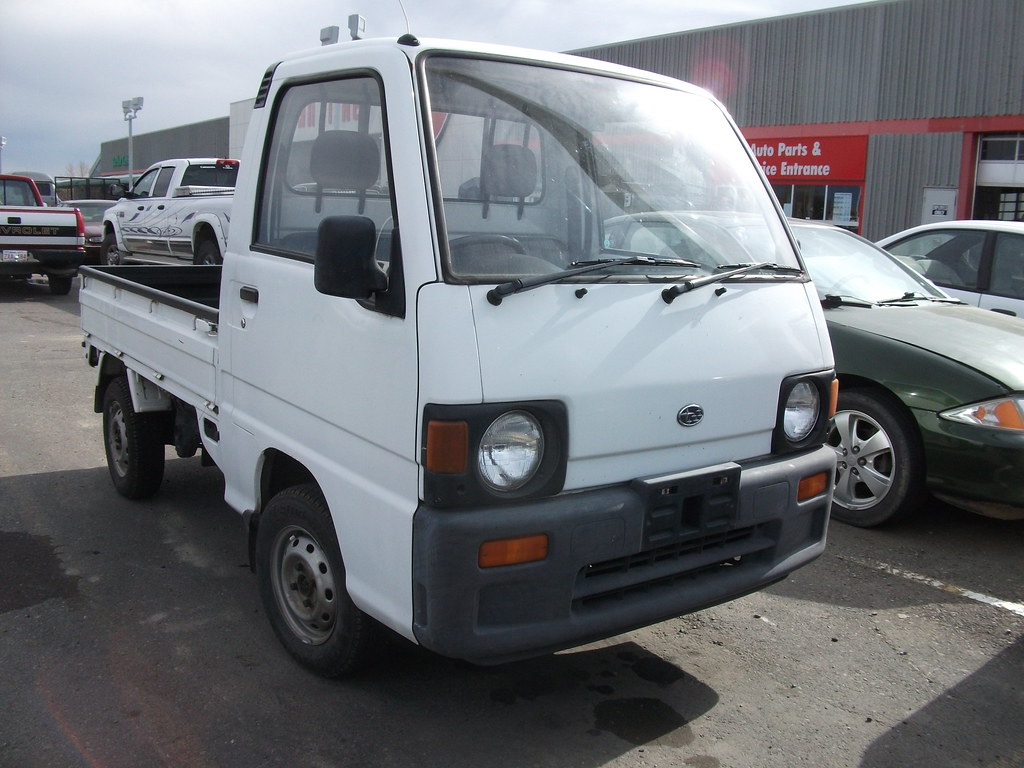
Kei car trucks play a crucial role in promoting sustainable urban development. As cities continue to grow, there is a need for transportation solutions that are efficient, environmentally friendly, and socially equitable. Kei car trucks offer a viable option that addresses these needs.
One way kei car trucks contribute to sustainable urban development is through their integration with other modes of transportation. Kei car trucks can be used in conjunction with public transportation systems to facilitate last-mile deliveries or provide services in areas not easily accessible by larger vehicles. This integration promotes multi-modal transportation and reduces the reliance on private cars, leading to reduced congestion and improved air quality.
Additionally, kei car trucks have the potential to reduce congestion and improve mobility in urban areas. Their small size allows them to navigate through narrow streets and tight spaces, reducing traffic congestion and improving traffic flow. By reducing congestion, kei car trucks contribute to a more efficient transportation system that benefits all road users.
Furthermore, the use of kei car trucks encourages more sustainable practices by businesses and individuals. The lower payload capacity of kei car trucks encourages businesses to transport smaller loads at a time, reducing the overall amount of goods transported. This promotes more efficient use of resources and reduces the environmental impact of transportation.
The Role of Kei Car Trucks in Last-Mile Deliveries: Challenges and Opportunities.
Last-mile deliveries, the final leg of the delivery process from a distribution centre to the end consumer, are a critical component of urban logistics. Kei car trucks have the potential to play a significant role in last-mile deliveries due to their compact size and manoeuvrability. However, several challenges need to be addressed for their effective use in this context.
One of the main challenges faced by kei car trucks in last-mile deliveries is the limited payload capacity. Kei car trucks are designed to carry lighter loads, typically up to 1 ton or less. This may limit their use for delivering larger or heavier goods. However, innovative solutions such as modular or shared delivery systems can help overcome this challenge by optimizing the use of kei car trucks and other vehicles based on the size and weight of the goods being transported.
Another challenge is the lack of infrastructure and support systems for kei car trucks in urban areas. Many cities are not equipped with dedicated parking spaces or loading/unloading zones for kei car trucks. This can result in difficulties finding suitable parking or unloading locations, leading to delays and inefficiencies in the delivery process. Collaborative efforts between local governments, businesses, and logistics providers are needed to address these infrastructure gaps and create a supportive environment for kei car trucks in last-mile deliveries.
Despite these challenges, there are also opportunities for innovation and collaboration in utilizing kei car trucks for last-mile deliveries. For example, advancements in technology such as electric powertrains and autonomous driving capabilities can enhance the efficiency and effectiveness of kei car trucks in urban logistics. Collaborative partnerships between logistics providers, e-commerce platforms, and other stakeholders can also help optimize the use of kei car trucks by sharing resources and coordinating delivery routes.
Kei Car Trucks and Urban Mobility: How They Enable Smarter and More Flexible Transportation.
Kei car trucks play a crucial role in promoting smarter and more flexible transportation in urban areas. Their compact size and manoeuvrability make them ideal for navigating through congested traffic and reaching destinations quickly. This enables more efficient and reliable transportation options for businesses and individuals.
One of the key ways kei car trucks enable smarter transportation is through their integration with technology and data. Kei car trucks can be equipped with GPS navigation systems, telematics devices, and other smart technologies that provide real-time information on traffic conditions, delivery routes, and vehicle performance. This allows businesses to optimize their operations, improve delivery efficiency, and respond quickly to changing customer demands.
Furthermore, kei car trucks have the potential to improve accessibility and reduce inequality in urban transportation. Their small size allows them to access areas that are not easily reachable by larger vehicles, such as narrow streets or densely populated neighbourhoods. This ensures that goods and services can be delivered to all parts of the city, including underserved areas. By improving accessibility, kei car trucks contribute to a more inclusive transportation system that benefits all residents.
The Future of Kei Car Trucks: Trends and Innovations in Design, Technology, and Applications.
The future of kei car trucks is promising, with several trends and innovations shaping their design, technology, and applications. One emerging trend is the development of electric kei car trucks. As the demand for electric vehicles continues to grow, manufacturers are exploring the use of electric powertrains in kei car trucks to reduce emissions and improve fuel efficiency. Electric kei car trucks have the potential to further enhance the environmental benefits of these vehicles.
Another trend is the integration of autonomous driving capabilities in kei car trucks. Autonomous technology has the potential to revolutionize urban transportation by improving safety, reducing congestion, and increasing efficiency. Kei car trucks, with their small size and manoeuvrability, are well-suited for autonomous driving in urban environments. This technology can enable kei car trucks to operate more efficiently and safely, reducing the need for human intervention.
In terms of applications, kei car trucks are being used in innovative ways beyond traditional transportation. For example, some companies are exploring the use of kei car trucks as mobile retail or food service vehicles. The compact size and versatility of kei car trucks make them ideal for setting up temporary or pop-up shops in urban areas. This allows businesses to reach customers in different locations and adapt to changing market demands.
Regulatory and policy changes also have a significant impact on the future of kei car trucks. Governments around the world are increasingly recognizing the importance of sustainable transportation and are implementing measures to promote the use of electric and low-emission vehicles. These policies can create opportunities for the growth and adoption of kei car trucks, particularly in urban areas where their benefits are most pronounced.
Why Kei Car Trucks are a Game-Changer for Urban Transportation and What Lies Ahead.
In conclusion, kei car trucks are a game-changer for urban transportation due to their compact size, manoeuvrability, and environmental benefits. They offer a viable alternative to traditional trucks in urban areas, addressing challenges such as congestion, pollution, and limited space. Kei car trucks have evolved and spread across the world, with increasing adoption in various industries and applications.
The environmental benefits of kei car trucks, including lower emissions and fuel consumption, contribute to a greener future by reducing the environmental impact of transportation. The economic benefits, such as lower costs and increased efficiency, provide opportunities for businesses to improve their operations and stimulate economic growth. Kei car trucks also play a crucial role in sustainable urban development by promoting multi-modal transportation, reducing congestion, and improving accessibility.
The future of kei car trucks is promising, with emerging trends and innovations in design, technology, and applications. Electric and autonomous kei car trucks have the potential to further enhance their environmental and efficiency benefits. The integration of kei car trucks with technology and data can enable smarter and more flexible transportation options. However, continued innovation, collaboration, and supportive policies are needed to fully realize the potential of kei car trucks in urban transportation.
In conclusion, kei car trucks are a valuable solution for urban transportation challenges and have the potential to transform the way goods are delivered and services are provided in cities. Stakeholders, including governments, businesses, and consumers, should support the growth and adoption of kei car trucks to create a more sustainable and efficient urban transportation system.
If you’re interested in kei car trucks, you might also enjoy reading about “10 Tiny Japanese Cars That Will Make You Want to Downsize.” This article on Autobeat.co.uk showcases a variety of small Japanese cars that are not only practical but also packed with charm and character. From the Honda Acty to the Suzuki Carry, these vehicles prove that good things do come in small packages. Check out the article here to discover more about these adorable and efficient kei car trucks.


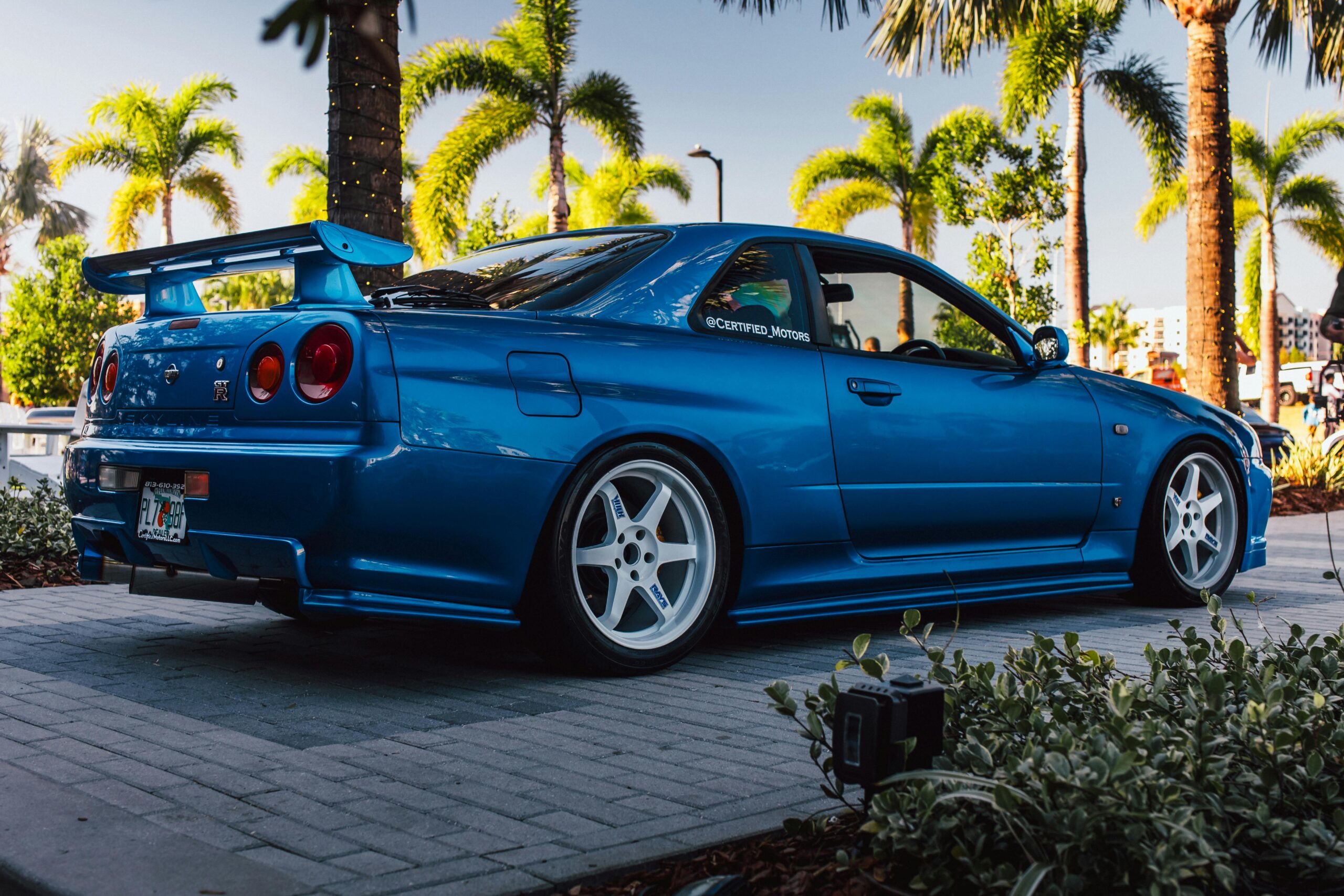
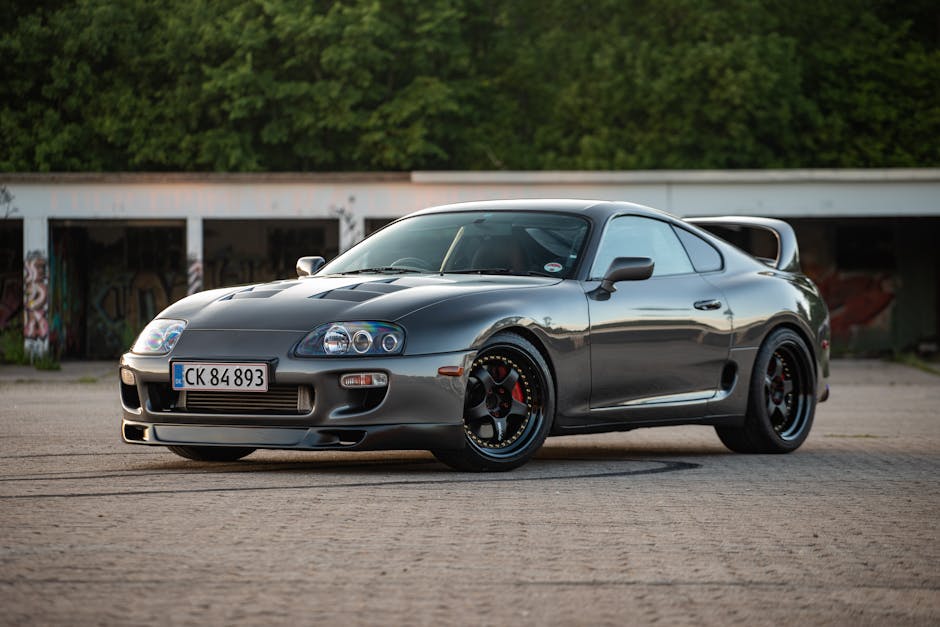
Add your first comment to this post